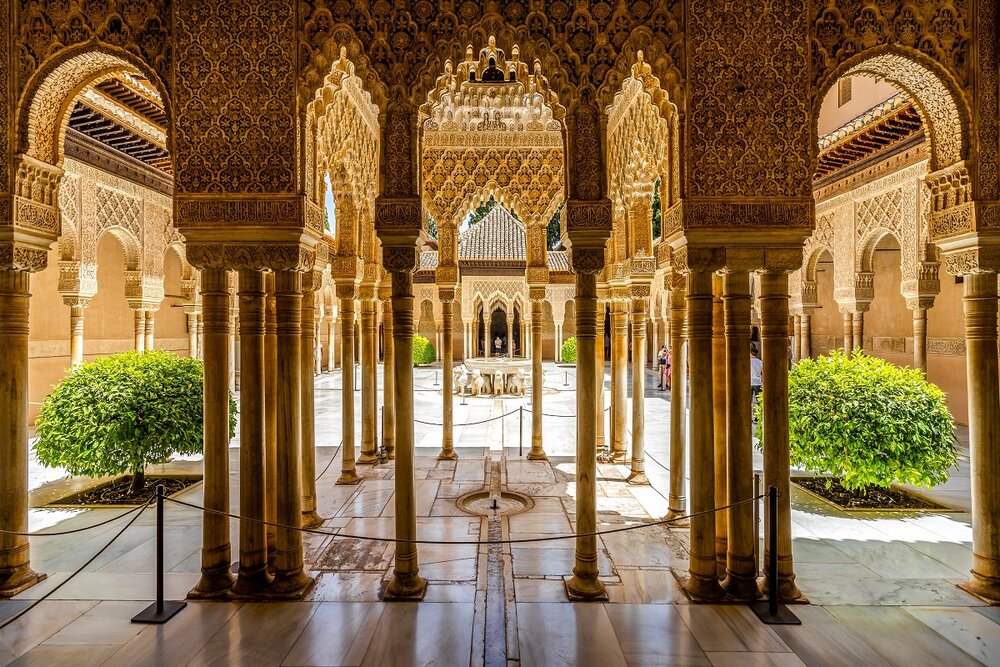
Spain is a land of startling contrasts, amazing weather, and a vibrant culture that mixes many elements of its fascinating history. You have an opportunity to delve into this rich cultural heritage as you embark on a walking holiday in Spain. Uncover historical sites, architectural marvels, traditional customs, and vibrant festivals that reveal the essence of Spain's unique cultural tapestry. To give you a taste of what to expect, read on and discover Spain’s culture through things to see, do, and experience during your Spanish holiday.
Moorish influence
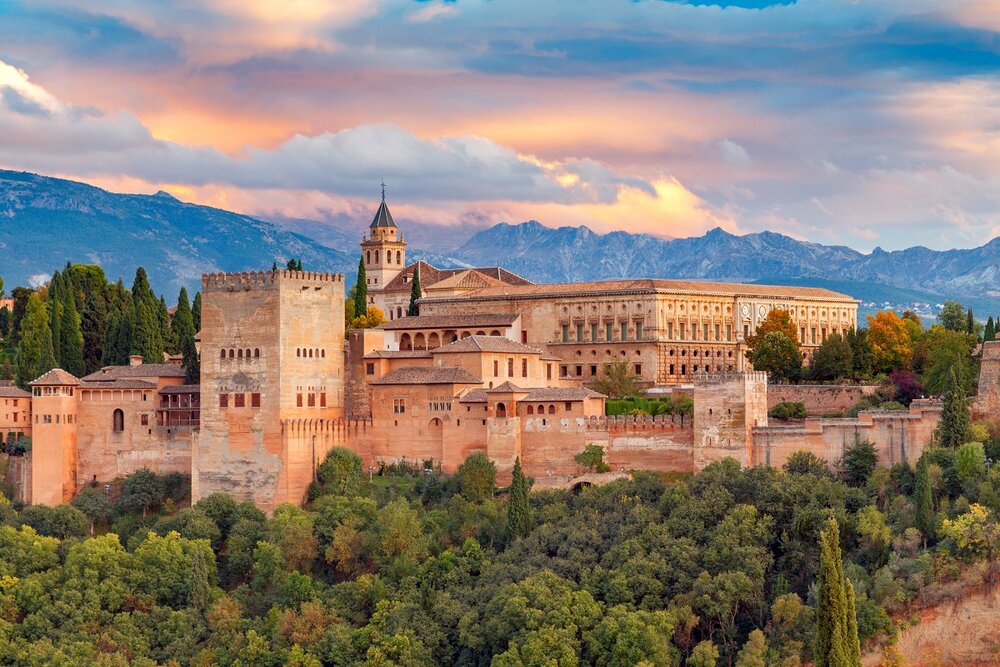
If your holiday to Spain takes you to the southern region of Andalucia, you will discover a fascinating blend of historic influences, most notably, treasures from its Moorish past. There was a time in the Middle Ages when cities across Southern Spain had Muslim rulers, and today, you can experience this Islamic heritage in the form of fascinating historic sites and spectacular architecture.
For example, a trip to the city of Alhambra will bring you to one of the finest gems in Moorish Spain, the Alhambra Palace. This grand fortress is among the most famous monuments of architecture (and one of the best preserved) anywhere in the world.
Dating from the 12th century, the Alhambra is a must-visit in Granada. Krista, from the travel blog Krista the Explorer, has visited the site herself and shared her thoughts with us:
“The Alhambra is one of the top tourist attractions in Spain, so no trip to Granada is complete without visiting it. This stunning palace complex boasts beautifully preserved Moorish architecture and gardens and gives people a very unique insight into what life was like during the Moorish period in southern Spain. Unlike other attractions in Granada that can be seen quickly, it can easily take a full day to walk around the Alhambra in its entirety. It's one historic site that shouldn't be missed during a trip to Andalusia and can be enjoyed on more than one occasion.”
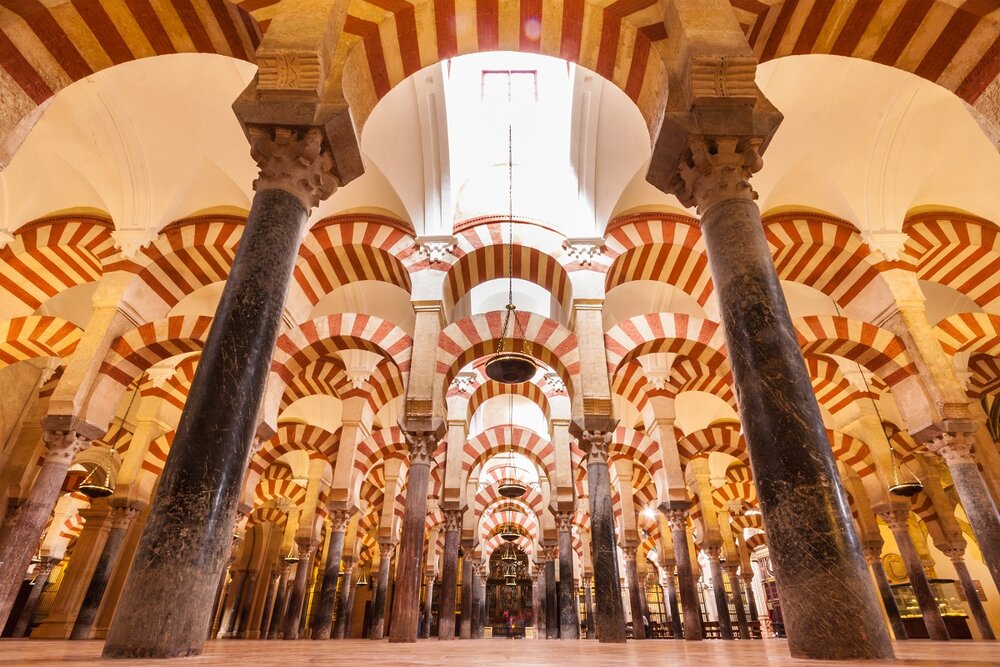
Cordoba is another Andalucian city with many Moorish treasures, the greatest of which is the Mezquita-Catedral, otherwise known as the Mosque Cathedral of Cordoba. It is so-called because the current Catholic cathedral is built upon an ancient Mosque, which itself was built upon a Visigoth church. As you can see, there is a unique blend of history here, and it’s on display in a spectacular way for visitors today.
The Mosque Cathedral is breathtaking, with its most impressive Muslim features still intact, along with the remarkably beautiful Christian church above. Tara, from the travel blog Vegan Family Adventures, told us she believes this important piece of Spanish culture is a must-visit: “The Mosque-Cathedral of Cordoba (La Mezquita) is a must-visit destination for anyone interested in history, architecture, and cultural heritage. Its beauty, historical significance, and message of religious tolerance make it an amazing attraction worth experiencing.”
Another stop on your tour of Spain’s Moorish heritage should certainly include Seville’s Alcazar. This is a royal palace and the official residence of the current monarchy. The palace dates back to an Arab dynasty from the 11th century, and the current site boasts the most beautiful Mudéjar artistry - a style derived from Spain’s Muslim artisans and applied to Romanesque, Gothic, and Renaissance architecture.
Catholic grandeur
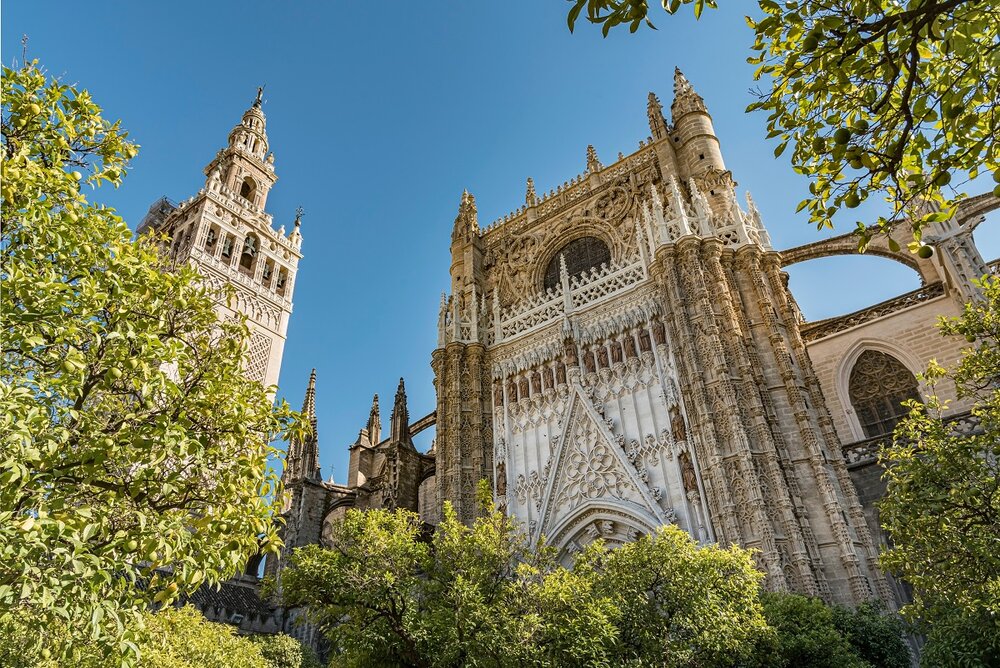
Along with Spain’s Moorish influences, Catholic culture is inescapable throughout the country. This is expressed in many ways, but perhaps the most obvious is the magnificent deposit of Catholic architecture in its churches. Spain boasts some of the most breathtaking cathedrals in the world, each telling an important part of Spain’s history and playing an integral role in the present cultural landscape.
The immensely beautiful city of Seville is home to one of the finest examples of Catholic grandeur in the country, the Seville Cathedral. This astonishing place of worship literally can’t be missed during a visit to the city. This UNESCO World Heritage Site is one of the largest churches in the world and is the single largest Gothic church. Consecrated in 1507, there is no part of the cathedral that won’t wow its visitors, including stunning ceilings, intricate facades, and grand royal tombs.
Michelle, from the travel site Little Wanderblog, has visited the cathedral herself and shared with us her love of the location: “Visiting the Seville Cathedral is a must; it's the world's largest Gothic cathedral and an icon of Seville! Situated in a prominent picturesque square in the old town filled with orange trees and surrounded by colourful buildings, the cathedral is not only one of the best attractions of Seville but also in the Andalusia region. I thoroughly enjoyed exploring the magnificent interior and especially loved the panoramic view from the bell tower overlooking the rooftops.”
Beyond its churches, Catholic Spain can be experienced in any number of ways, from vibrant festivals (more on this later) to ancient pilgrimage routes. Taking to Spain’s historic pilgrim paths is a wonderful way to experience the country. For example, the Camino de Santiago (the Way of St James) is one of the most famous pilgrim routes in the world, starting in either France or Portugal.
Tapas and local delicacies
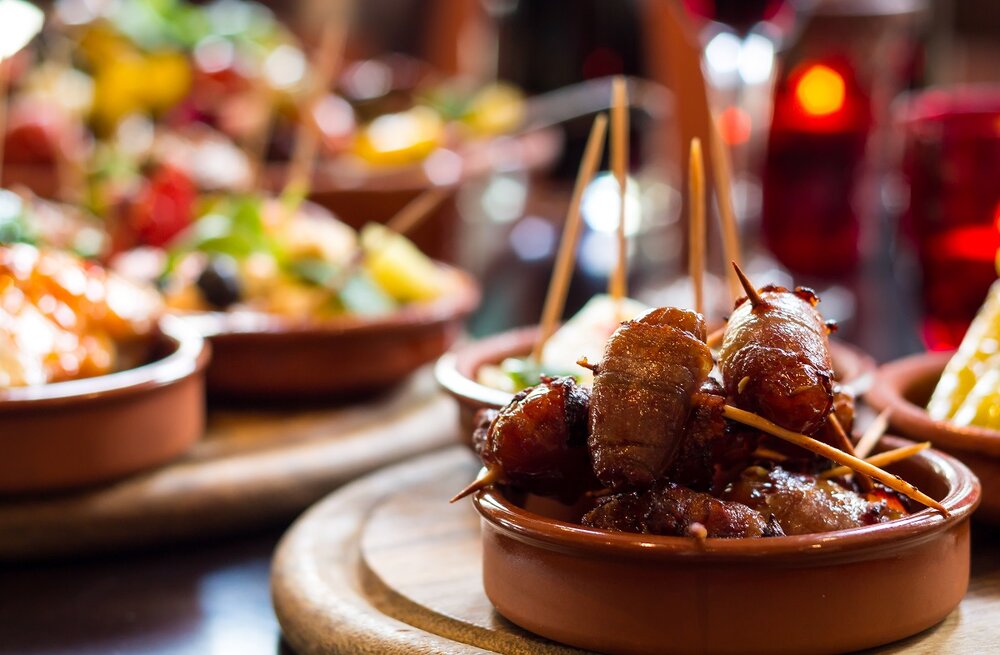
You can’t experience Spanish culture without first enjoying some of Spain’s culinary delights. Tapas is at the heart of Spanish dining habits, being a small side dish that is often served with drinks at bars and restaurants. Some places even serve up these little dishes for free when you order a drink!
Tapas takes many forms, including both hot and cold varieties. You could enjoy some chopitos (fried squid), for example, before your main evening meal or instead fill up on a banquet of tapas, trying the likes of Patatas bravas (fried potatoes in a spicy sauce), cured ham, cheese, and croquettes.
Granada is one of the best places in Spain to experience tapas culture, especially in the historic El Albaicín quarter. This part of town is known for its cobbled streets, bohemian atmosphere, and excellent tapas bars located amid its whitewashed houses and charming cafes.
Artistic heritage
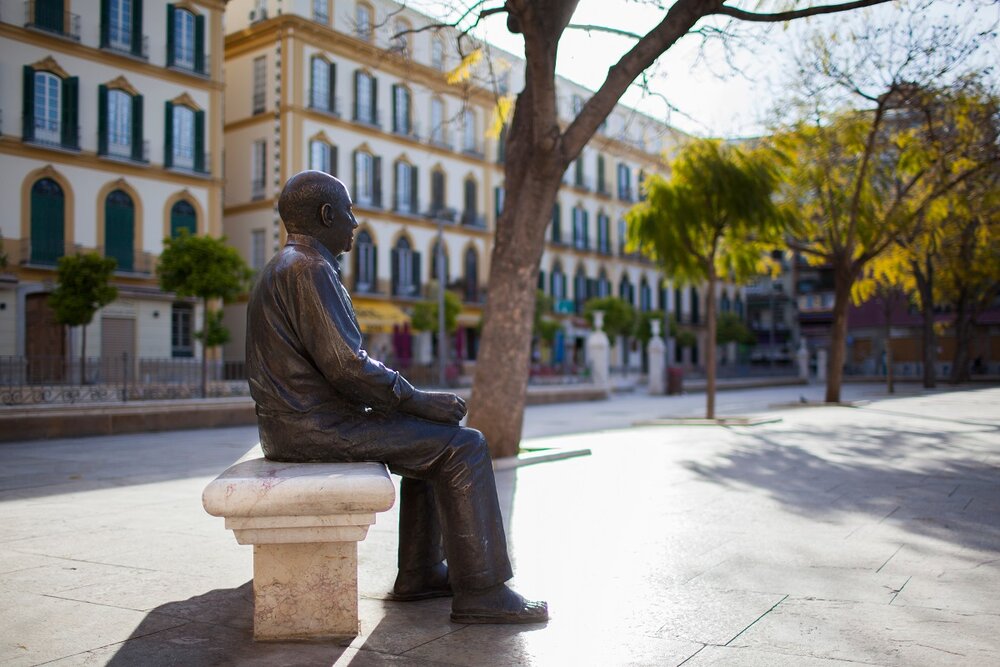
Spain has one of the finest artistic legacies in the world, with a heritage boasting many of history's greatest talents. Perhaps most famous of all is Pablo Picasso, who was born in the coastal city of Malaga. When in the city, you can visit museums dedicated to the artist's work, as well as the Picasso Birthplace Museum, containing artefacts, prints, and ceramics.
Or how about a visit to Figueres, where the surrealist icon Salvador Dali emanates from? Here you can find the world-famous Dali Museum. A native of Spain’s Catalan region, a tour of the area allows you to experience the sights and sounds that inspired Dali. This includes the seaside village of Port Lligat, where Dali was a resident. It’s an idyllic location and the perfect opportunity to soak in a slice of local Spanish life.
Art has played such an immense role in Spain’s cultural milieu, so make sure you seek out some artistic treasures and important locations during your time in the country.
Festivals and dancing
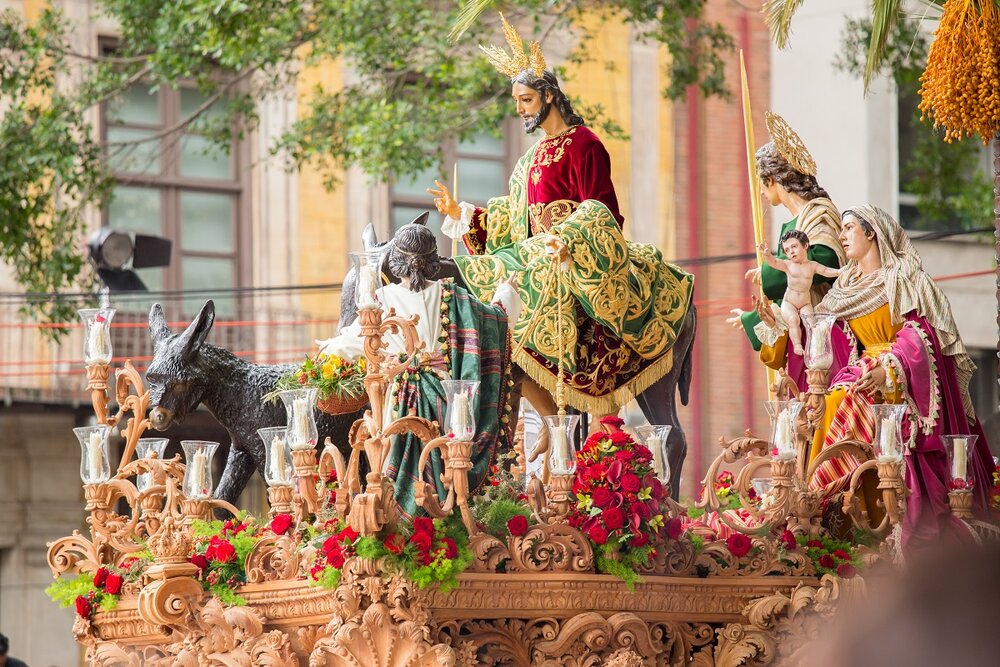
The Spanish certainly know how to celebrate and observe important occasions. The calendar is littered with vibrant and expressive festivals where the passion, creativity, and emotion of the people are on full display.
Easter and Christmas are two of the most important dates on the calendar, with Easter in particular marked by the most impressive processions throughout Holy Week. Here, you will see elaborately decorated floats, colourful costumes, and intense devotions, all culminating in the rejoicing of Easter Sunday. There is truly nothing quite like the passion that Easter is celebrated within Spain, particularly in Andalucian cities like Seville and Malaga.
Spanish culture is also richly punctuated with its love for dancing, especially the dramatic art of flamenco. Based on the folkloric traditions of southern Spain, flamenco has its own subculture and myriad places to enjoy a performance or take part yourself. Whether witnessed in the street or experienced along with good food at an atmospheric stage, this key part of Spanish culture should not be missed.
Paulina, from the travel blog Visit Southern Spain, spoke to us about her advice for enjoying Flamenco in the hotspot of Seville: “In my experience of enjoying flamenco in Seville, I'd suggest exploring local tablaos for an authentic atmosphere.
“Look beyond the popular spots for intimate venues where the connection between artists and the audience feels genuine. Consider catching street performances, for example, in Plaza España, for a spontaneous touch. Flamenco offers a unique window into Spanish culture through its expressive dance, soulful guitar, and emotive vocals.”
ALSO READ: Top places to visit in Italy when on a walking holiday
How to experience Spanish culture on holiday
- Discover Spain’s Moorish influence at the Alhambra in Granada, Mezquita-Catedral in Cordoba, and the Alcazar in Seville.
- Take in Spain’s Catholic grandeur at its cathedrals, feasts, and ancient pilgrim routes.
- Sample delicious tapas and local delicacies.
- Enjoy Spain’s artistic heritage, including two of its favourite sons, Pablo Picasso and Salvador Dali.
- Immerse yourself in unique Spanish festivals and take in a flamenco performance.
To experience Spanish culture on your holiday, making sure to enjoy some of the above is a great place to start.
These are just some of the cultural highlights of Spain, but we hope it’s been enough to get you excited for visiting the country yourself.
One of the best ways to enjoy a cultural holiday in Spain is on foot. From a leisurely walk to a challenging hike, if you would like to experience Spain first-hand, book a walking holiday with Ramble Worldwide.
.jpg?ni=%2Fimages%2Fno-image.png)
.jpg?ni=%2Fimages%2Fno-image.png)
.jpg?ni=%2Fimages%2Fno-image.png)
.jpg?ni=%2Fimages%2Fno-image.png)
.jpg?ni=%2Fimages%2Fno-image.png)
.jpg?ni=%2Fimages%2Fno-image.png)






